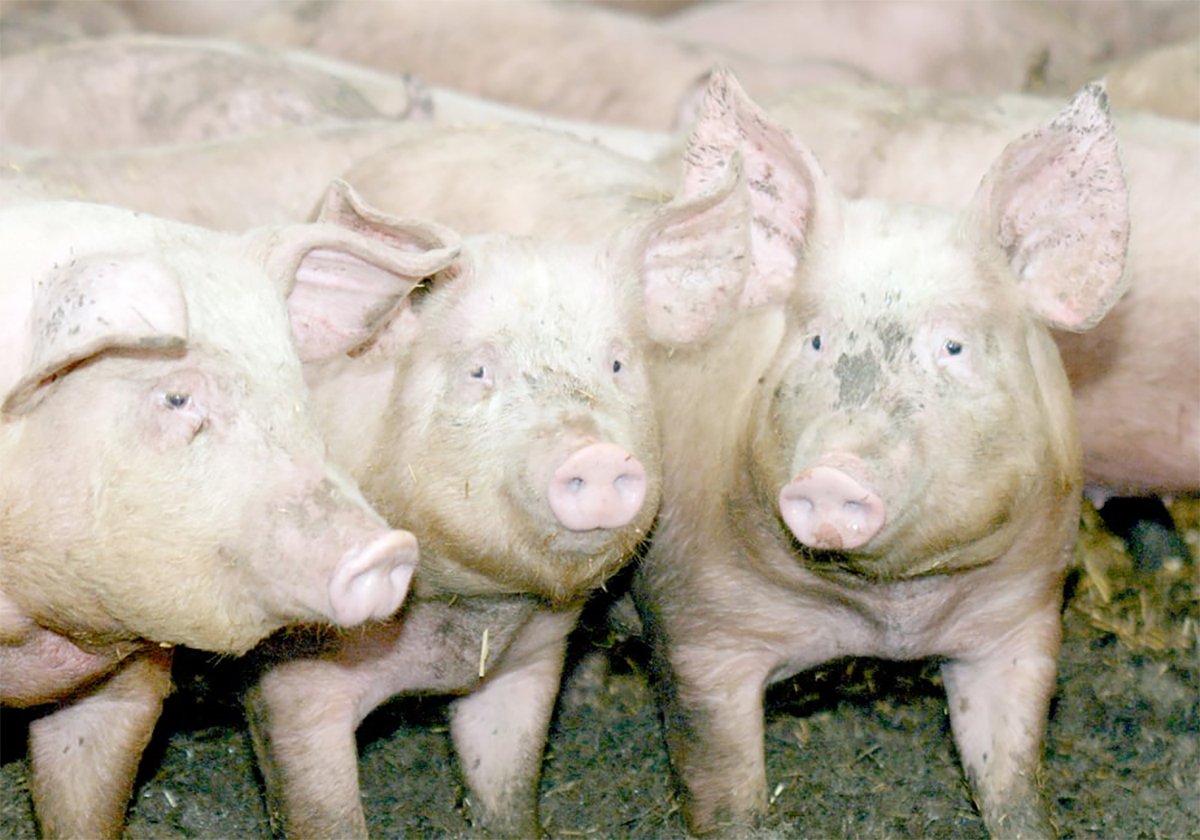Next week, The Western Producer will provide more coverage of the British Columbia Cattlemen’s Association meeting.
WILLIAMS LAKE, B.C. – Canada’s national cattle identification program has developed beyond anyone’s expectations.
Aside from some startup glitches, as of May 24, 10 million tag numbers were allocated and 8.3 million ear tags have been distributed. So far, 3.3 million numbers are recorded with the Canadian Cattle Identification Agency data base.
These are tags that have been attached at the herd of origin and reported back to the agency.
Read Also

The Western Producer Livestock Report – October 2, 2025
Western Producer Livestock Report for October 2, 2025. See U.S. & Canadian hog prices, Canadian bison & lamb market data and sale insight.
“We are very encouraged by how well it is moving ahead,” said Dennis Laycraft, executive vice-president of the Canadian Cattlemen’s Association, at the B.C. Cattlemen’s Association meeting last week.
Alberta has ordered 51 percent of the tags, followed by Saskatchewan at 22 percent, Ontario 13 percent, Manitoba nine percent and British Columbia five percent.
Major packing plants start reading the tags this July and a year later, on July 1, 2002, enforcement is scheduled to start.
Enforcement is being handled by the Canadian Food Inspection Agency through the Health of Animals Act.
The first warning for non-compliance is a letter advising the owner that all cattle must be identified with approved ear tags. Following that, the agency takes responsibility and fines for non-compliance could start at $250 per incident. A slippage rate of five percent is allowed without penalty.
“It will go up from that depending how serious a particular violation is,” said Laycraft.
Feedlots want cattle to arrive with ear tags and some have indicated they will bid on cattle accordingly at auction yards.
Once cattle are shipped to slaughterhouses, the packers read the tags and maintain identity to the point of carcass inspection. Numbers are retired after this point.
It is hoped by some that these tags could double for management purposes and carcass data feedback.
So far, 18 different types of tags have been approved. Some producers are asking for special tags for large, breeding animals.
Producers at the B.C. meeting said breed associations should remind their members to tag young bulls as early as possible for easier management.
Import-export requirements are still being negotiated. Cattle coming into Canada need only be tagged according to their country of origin. Talks are also going on with American packers to read the tags and return information so numbers can be retired.

















